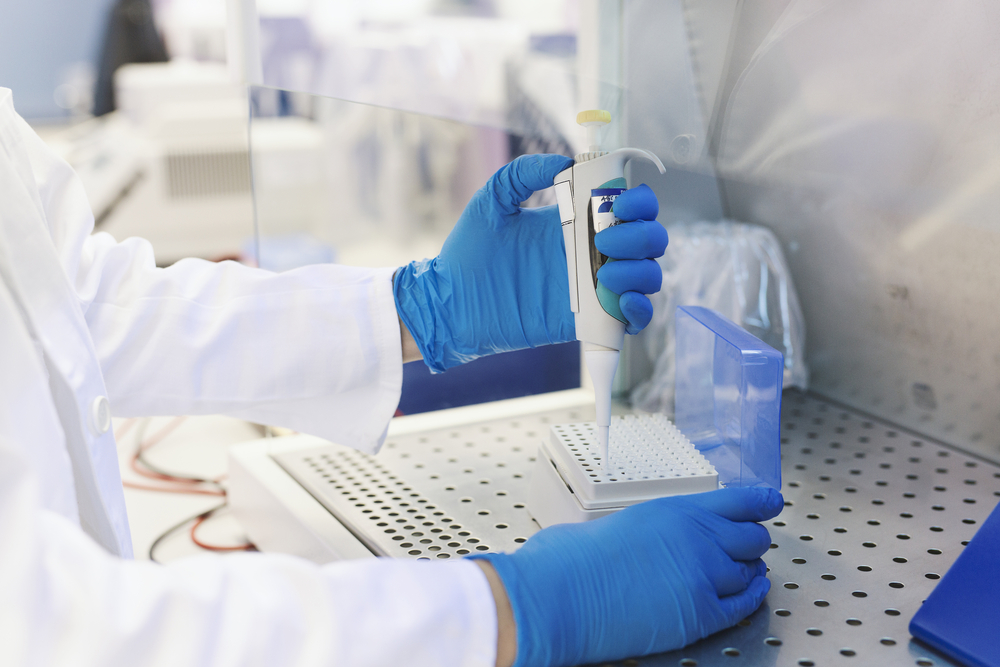In this blog, Lead Assay Development Scientist, Toni Ertl discusses the basics of protein conjugation and introduces our new range of conjugation kits for the labelling of antigens and antibodies.
If you’re trying to detect or measure the presence of a biological marker, you’ll need some kind of reporter system. Early virological assays relied on the binding of viral antigens to visible targets such as erythrocytes – E.g. viral antigens facilitate agglutination and antigen-specific antibodies are used to inhibit the agglutination process. Such techniques were effective if there was sufficient antigen or antibody present to cause a visible change in the macro-marker, but they didn’t offer much sensitivity or specificity, and could yield ambiguous results that were open to interpretation.
Therefore, more powerful detection systems were developed that coupled proteins to a range of new markers, including radioactive isotopes, enzymes and fluorophores, that could measure proportional changes with instruments that are more accurate and reliable than the human eye. Protein conjugates have proved to be powerful tools and still form the basis of most immunodiagnostic tests in daily use today. Enzymes like Horseradish Peroxidase (HRP) and Alkaline Phosphatase (AP) allow colorimetric or chemiluminescent detection of antigens and antibodies in ELISA, FLISA, Western blot, immunofluorescence, immunohistochemistry, flow cytometry, and many others, across various imaging platforms. New avenues of research have also found use for protein conjugates in therapeutic applications, such as antibody drug conjugates (ADCs).
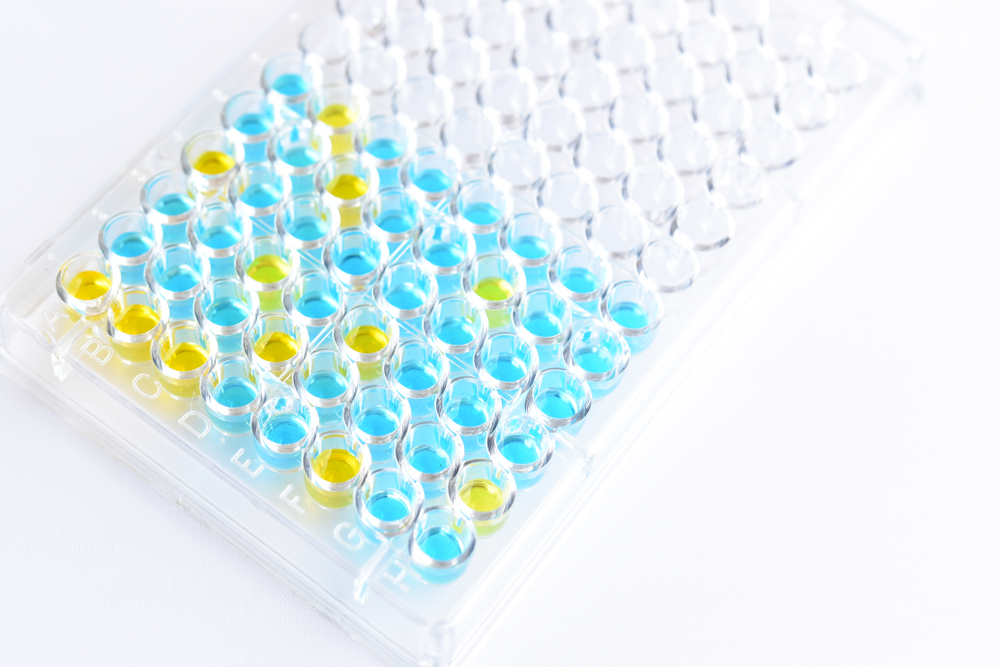
HRP 96-well ELISA plate. TMB reaction substrate turns wells blue, giving a quantitative measurement of conjugate protein; Sulphuric acid is added to stop the reaction, which turns wells yellow.
A common form of conjugation relies on the use of heterobifunctional cross linkers – A technical term used to describe small molecules that bear two different functional groups. A popular example is SMCC, or Succinimidyl 4-(N-maleimidomethyl)cyclohexane-1-carboxylate, for those with a head for chemistry. SMCC’s functional groups comprise an ester region that reacts with primary amines and a maleimide end that reacts with sulfhydryl groups – The two preferred sites for conjugating a protein.
While sulfhydryl groups are not commonly found on naturally-occurring proteins, they can be added readily, using 2-iminothiolane or similar reagents. In a typical conjugation process, enzyme will be labelled with SMCC and antibody alongside 2-IT, which are then brought together to form a conjugate.
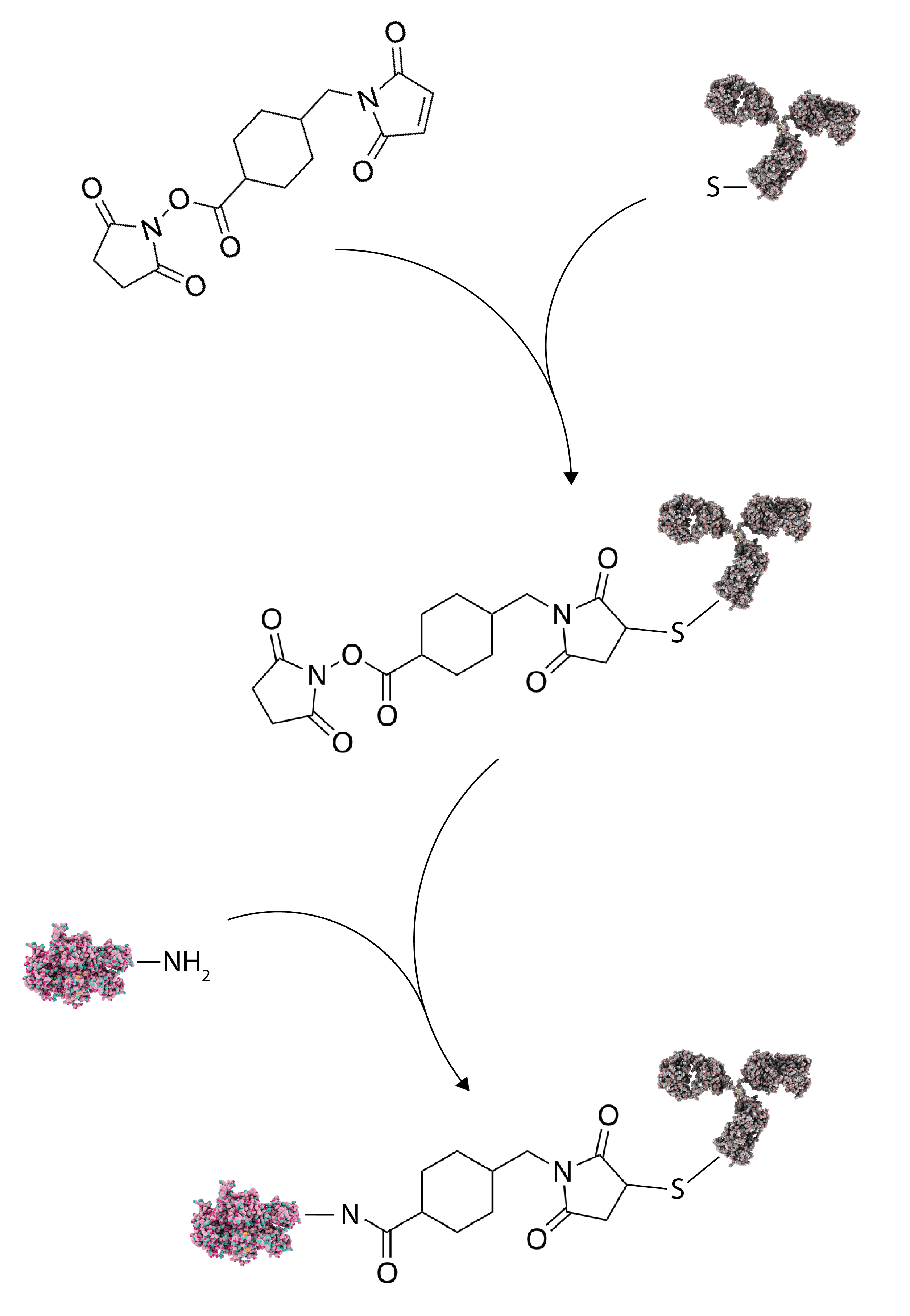
Schematic showing the conjugation of an antibody to an enzyme with SMCC.
While it sounds fairly straightforward, protein conjugation requires a sound understanding of the process and the ability to optimise reactions to produce consistent and reliable conjugates.
A key consideration is the extent to which you want your reagents to react. While conjugation chemistries are able to react with accessible residues equally, the number of molecules conjugated can be limited by controlling a series of factors. pH can be modulated to create conditions that only allow a specific group to react. E.g. at alkaline pH, the reactivity of certain aliphatic groups is higher. The size and concentration of the chosen conjugate also influences the frequency of reactions. For example, small molecules like haptens or drugs can be conjugated in a minimum ratio of protein:conjugate of 1:4 or even 1:10, whereas larger molecules like enzymes may be restricted to just two molecules per protein.
If you’re looking for a more comprehensive overview of the subject, Greg Herman’s Bioconjugation Techniques makes for an informative introduction.
New Conjugation Kits from The Native Antigen Company
The Native Antigen Company now offers a range of antigen and antibody conjugation kits that use a novel chemistry to generate highly reproducible conjugates.
These kits require no reconstitution and can be used to generate liquid-stable conjugates that are fully scalable from 0.01 mg to gram levels. Conjugates have greatly improved stability compared to other chemistries and highly efficient incorporation means that purification is not usually necessary. Our kits are also license free, including any products or services developed from their use.
Click on the tiles below for more information:
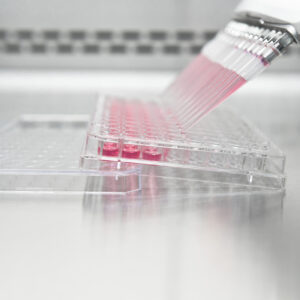
HRP-IgG Conjugation Kit
Price range: $971.61 through $4,437.65 excl. VAT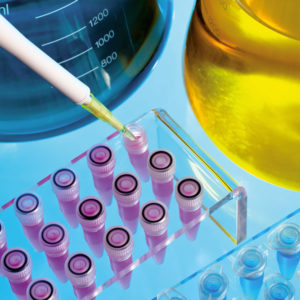
RPE-IgG Conjugation Kit
Price range: $748.33 through $3,686.99 excl. VAT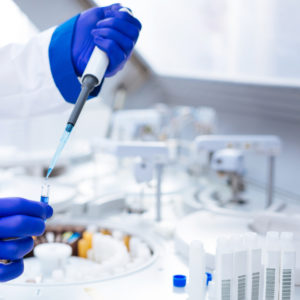
Biotin Labeling Kit
Price range: $721.01 through $7,733.44 excl. VAT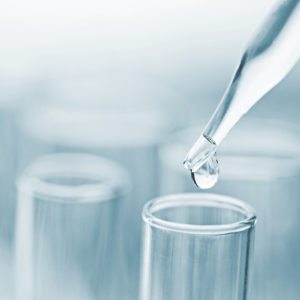
AP-IgG Conjugation Kit
Price range: $665.18 through $6,661.40 excl. VAT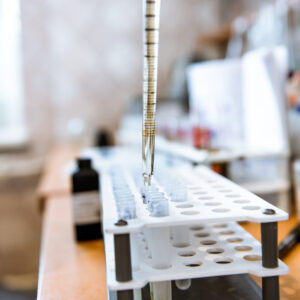
FITC-IgG Labeling Kit
Price range: $626.41 through $7,735.53 excl. VAT

